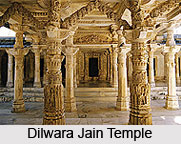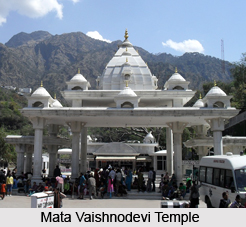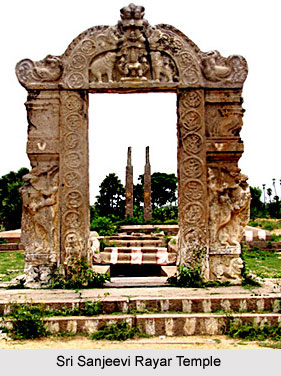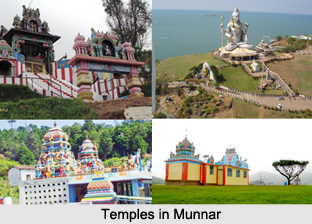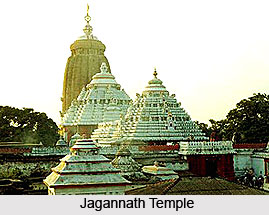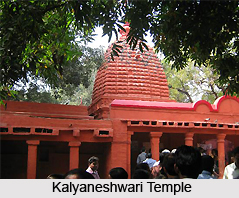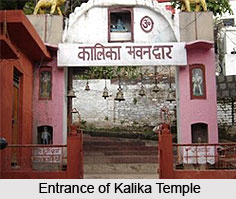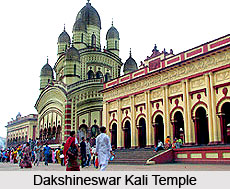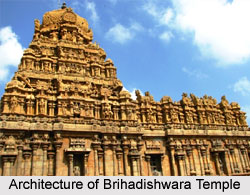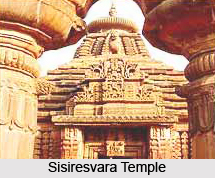 Sisiresvara Temple is one of the famous temples of Orissa that is located in the same premises to the north of the `Vaital Temple.`
Sisiresvara Temple is one of the famous temples of Orissa that is located in the same premises to the north of the `Vaital Temple.`
Architecture of Sisiresvara Temple
the architecture of the Sisiresvara Temple has been intricately designed. In architectural form the `Deul` along with the rectangular `Jagamohana`, resembles the `Parasuramesvara` temple. On the other hand in its decorative details it is closely related to the Vaital Deul temple. The magnificent sculptures and other figures embody remarkable workmanship and sensitive modeling. They add charm and beauty to the temple. The statue of Nataraja within the medallion of the upper `Chaitya`-window on the frontal `Raha` is a fine example of noteworthy craftsmanship. Its `Pabhaga` consists of four decorated mouldings as in the Vaital Deul.
All the images of `Parsva-Devatas` i.e. the four-armed `Ganesha`, the two-armed `Kartikeya` and the eight-armed `Mahishasuramardini` stand intact in their respective positions of the central projections of the `Bada`. The niches on either side of the central projection include dissimilar forms of Lord Shiva along with `Aja-Ekapada.` It also has other composite forms such as "Ardhanarisvara" and "Hari-Hara", while those of the `Kanika` contain `Kanyas`.
The embellishment of the temple doorframe is of much attraction. Apart from the customary decorative bands of scroll work and floral motifs, the two features of the jambs have each at the bottom a `Naga` figure holding a foliated `Purna- Ghata`, the symbol of plenty and prosperity and also a four armed `Saiva` guard.
The southern and the eastern sides of the vertical face of the sloping eaves of the `Jagamohana` are adorned with the scenes of war. The northern side is decorated with elephants and lions. The outer body has been partitioned into several broad compartments decorated with sculptures. Among these the figure of `Lakulisa`, seated cross-legged, in the central niche of the south side is most attractive.
The pedestal of the `Dharmachakra-Pravartana-Mudra` has a stylized `Tri-Ratna` that is flanked by a deer and a `Naga.` A damaged figure with a canopy of serpent-hoods is seen holding a vase in his left hand and a rosary in his right. Among other figures is noteworthy a relief of `Kamadeva` in the company of two females. On the floor of the `Jagamohana` lies a ten-armed image of `Mahishasuramardini`, carved in high relief and bearing a close resemblance to the figure on the northern niche of the Vaital Deul.












